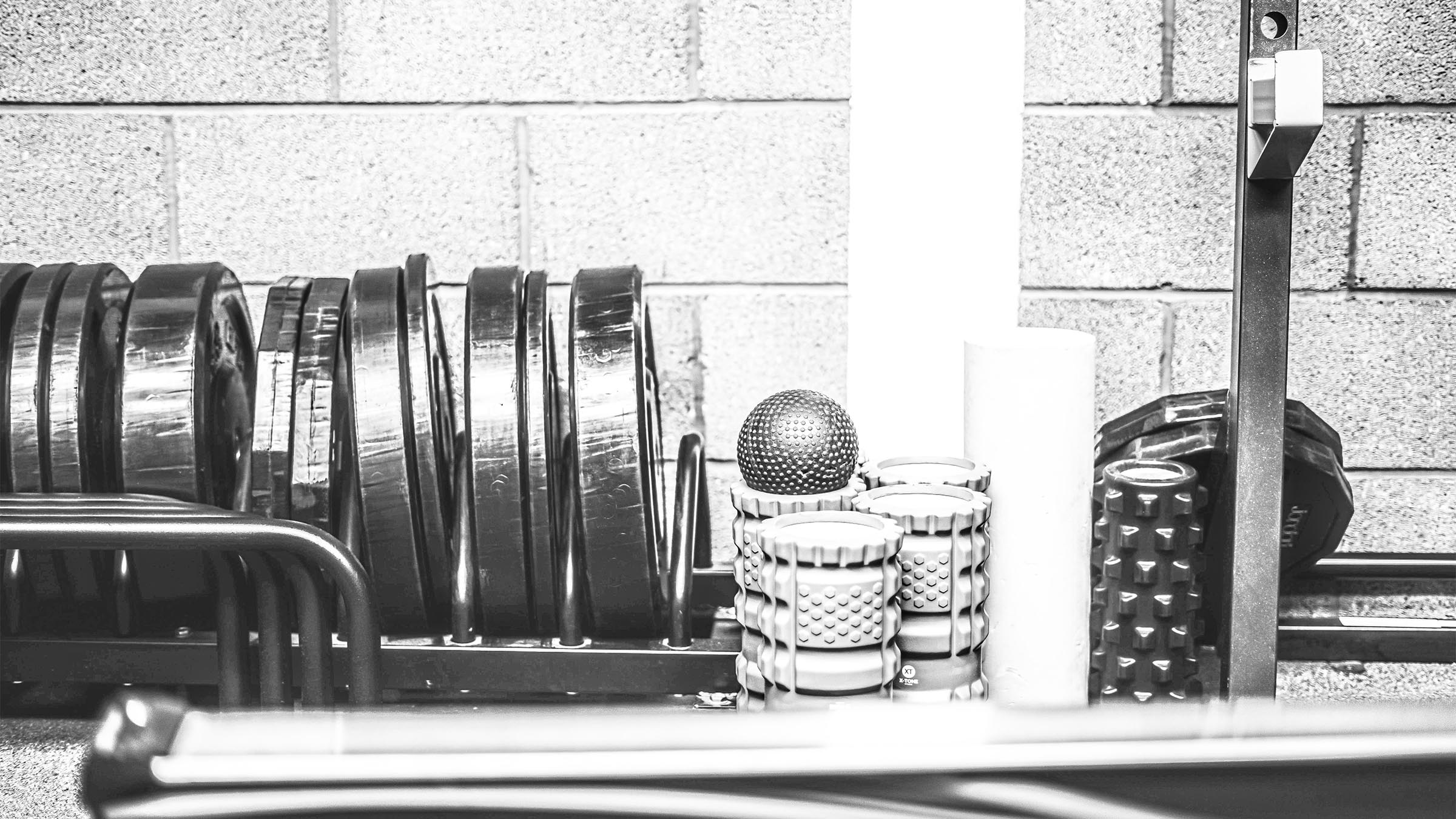The history of athletic sneakers goes back to the 19th century, long before Nike Air Jordan and Dunks, Converse, and trendy high tops. The sports shoe as we know it was first invented for athletic activity.
Today, sneakers are everyday worn items with multiple uses and functions. They also serve as status symbols and have become a hyped-up feat of marketing and popularity, especially amongst influencers and celebrities.
Let’s explore the evolution of sports shoe brands in the last century—from the first pair ever created to leather slip-ons and modern classics.
19th Century Athletic Shoes
Wait Webster invented the very first sneaker in the 19th century. Of course, it wasn’t called a sneaker back then—and it looked very different. The shoe featured a thin rubber sole, canvas upper, and simplistic appearance. The public referred to it as a Plimsoll. This is because of the uncanny resemblance of the shoe’s midsole to the plimsoll line on a ship. They were a hit amongst individuals wanting to protect their feet from harsh elements. They were primarily for the British Navy as a way to navigate the slippery decks onboard. Wealthy aristocrats then began to wear the shoes to participate in indoor and outdoor sports.
Goodyear’s Keds
In 1839, Goodyear re-designed the plimsoll. The new shoe boasted vulcanized rubber—thick rubber soles melded to canvas fabric, which were resistant to heat and more stable. In 1892, they did it again, re-designing the exterior to become the well-known shoe Keds. The difference was that it had a lace-up design that offered more support for the individual wearer. It was a cutting-edge design, fit any foot size, and was considered a comfortable shoe for elite runners and the general public alike.
The Strategy Behind Evolution in Products
Taking a look at early shoe designs, we can see the simple, yet revolutionary strategy behind the evolution in products. 18th century shoes solved a problem—sailors slipping on deck—and then were adapted to solve another problem—individuals wanting to protect their feet during athletic competition. This is better known as the product’s why. And it is essential to any up and coming brand. In order to be successful in the market, you must understand your consumer and solve a problem that they have. You must live and breathe by your why.
Hand in hand with this evolution of the product itself is the evolution of the marketing strategy. Product marketing was once the simple act of bringing the physical product to the market. In the modern world, however, it goes far beyond. Product marketing on a fundamental level still consists of bringing a product to market, but it also includes the before and after of a product launch. It influences the creation of the product by taking insights from the actual market back to the engineering and development team. It connects the dots between the product and the market in both directions. In other words, product marketers are responsible for understanding the market, their demand and need, and shaping the product itself while communicating the solution back to the market.
For example, perhaps your consumer wants a shoe for running errands. In that case, you can consider simple footwear, stylish designs, and enough cushioning that keep the consumer happy from the grocery to the pharmacy and back home. On the other hand, perhaps your consumer is looking for more premium materials, dynamic support, and extra cushioning to support their distance running, fitness journey, or other athletic pursuits. The key to product marketing is to maintain a sound mind, understand the market and solve their problem.
20th Century Athletic Shoes
At the beginning of the 1900s, the plimsoll lifestyle shoes were widespread. They rapidly increased in popularity as professional athletes were seen in sports shoes. The best running shoe brands of today started popping up around this time and offering stylish designs, maximum stability for long distances, and lightweight cushioning that could withstand strenuous activity.
The Olympics & Running
As more and more individuals got into running for competition, running shoe brands started popping up to support these individuals in their Olympic aspirations. This was also when early influencers started rising and influencing public opinion of athletic footwear, walking shoes, training shoes, and even classic sneakers.
Sprinter Alvin Kraenzlein trained for the 1916 Olympic games in Berlin in a thin and lightweight pair of shoes—plimsolls. And Great Britain’s Albert Hill won both the 800- and 1500-meter dashes at the Antwerp Olympics, wearing shoes designed explicitly for running short distances. However, despite the rising popularity among athletes, it wasn’t until 1917 that Keds were mass-produced.
Boxing
In the early ’20s, boxing became one of the most popular sports worldwide, encouraging the innovation of high-quality athletic shoes. Boxers quickly embraced new athletic shoe designs, which helped them remain agile while maneuvering around the ring. Professional athletes were seen as prominent figures, and the general public was quick to parallel their favorite athletes and purchase their sports equipment and sports shoes.
American Football
More and more amateur and professional athletes took to athletic footwear, and more sports followed—including American football. Some of the first football cleats manufacturers included Gola in 1905, Valsport in 1920, and Hummel in 1923. In 1925, brothers Adolf and Rudolf Dassler developed a football cleat with replaceable metal studs, specifically for American football.
Athletic Association is Essential
By understanding the correlation between athlete support of sports shoes and their rising popularity, we understand that athletic association is essential to product success. The best running shoe brands in the world sponsor influential athletes. Co-branded partnerships and product lines are another common pursuit, from Nike shoes to Asics shoes and Mizuno shoes. Even New Balance offers unique drops and collaborations that create demand in the footwear industry.
Rebrand: Sneakers
In the early 1930s, the increasingly famous shoe became better-known as sneakers due to their quiet nature—you could easily sneak up on someone while wearing them. While women’s athletic shoes weren’t in full swing, women did boast other shoes, from specific shoes for dancing to heels with shock absorption and other walking shoes suitable for a Greek goddess.
There were a few details specific to the ’30s, including small perforations in intricate designs on the shoe’s body, thick straps, full coverage, and lace-up mid-heel Oxfords. Women emphasized shoe brands with comfort and durability. Price was also an important consideration when finding the right shoe during the Depression-era.
Tennis
In the 1960s, tennis skyrocketed in popularity in the United States, which led to a mass market of tennis gear, especially shoes. Goodyear released a cross-hatching design on the top of the soles to give players extra grip on the court. The shoe’s footshape toe box was also an essential component as it allowed for superior performance and maximum protection. This is an excellent example of how the best footwear brands understood that the best shoes featured a sound body and cushioned sole and supported the individual’s natural movements.
Jesse Owens
Adolf “Adi” Dassler, the founder of Adidas, developed the modern-day running shoe in 1925. It became well-known in 1936 when Olympic Gold Medalist, Jesse Owens, wore a pair of Dassler’s shoes at the games. Adidas’ iconic athletic footwear is almost a century old now and is still considered amongst today’s best running shoes, walking shoes, and workout shoes.
Early Influencers
Individuals such as Jesse Owens are comparable to today’s influencers. And modern-day influencer marketing is a form of social media marketing involving endorsements and product placement from influencers, people, and organizations with a purported expert level of knowledge or social influence in their field. Many brands utilize influencer marketing to reach new audiences, increase brand awareness, and compete with other brands in the world.
Casual Wear
As the popularity of sports shoes, athletic footwear, shoe brands, and high-quality athletic shoes increased, individuals began purchasing shoes for casual wear. Children sported simple buckle shoes to school, and adults had various styles for different occasions. Each apparel company considered creating shoes and marketing them as both a running shoe and casual shoe. A brand’s footwear spoke volumes and emphasized a healthy body and healthy soul.
The Iconic Converse All-Stars
Converse sneakers were launched in the late 1940s, specifically for the non-stick grip required on the basketball court. As basketball increased in popularity, so too did the footwear brand. Converse Chuck Taylor All-Stars became more and more popular, especially with children. It was the ideal sports equipment that made for superior performance on and off the court. The high-top design was considered groundbreaking motion capture technology as it supported the foot and ankle.
New Designs & All-Purpose Use
Adolf Dassler, mentioned previously as the founder of Adidas, was also rapidly expanding his company. In 1949, Dassler registered the now-ionic three-stripe logo as the company’s trademark. His sports shoes and athletic footwear was considered the best running shoes, made to go long distances, provide shock absorption from the harsh elements, and serve as the most fundamental piece of sports equipment for athletes young and old.
1984—Air Jordans
In 1984, everything changed in the sneaker world. The creation of Air Jordans, the most iconic sports shoes of the late 20th century, produced exclusively for Michael Jordan, marked the start of the brand’s collaboration with the basketball legend. And the release of the Air Jordan I to the general public a year later spurred absolute pandemonium.
The sports shoes were not just for basketball. They were for casual wear and paved the way for sneakerheads and modern-day lifestyle shoe fans, collectors, and enthusiasts. The shoe company incorporated popular elements, such as soft cushioning, shock absorption, and unique colorways.
In parallel, Nike itself released their Air Force STS sneakers. They featured the now iconic Swoosh logo, a symbolic connection to Greek mythology representing fluid movement and speed.
By the ’90s, sneakers were everywhere. They were not only necessary pieces of a wardrobe but a fashion statement. Around this era, shock absorption was all the rage. In other words—the chunkier, the better. Footwear spoke volumes about who you were as an individual, what kind of life you lived, your career, and more. Athletic footwear was no longer simply for sporting goods—it was for everyday life.
The Influence of the Fashion Industry
Fast forward a couple of decades, and in 2015, Kayne West launched Yeezy sneakers, changing the game of athletic footwear once again. The rapper partnered with Adidas and only released a limited amount to maintain exclusivity. Shoe brands today are in fierce competition. One segment of the market is interested in athletic footwear, training shoes, the perfect running shoe, etc. And another segment is interested in fashion, eco-friendly operations, unique designs, materials, and color ways.
How Brands Compete Today
Today, athletic shoe brands compete through their innovative designs, footwear technology, and marketing strategy. Everyone uses footwear; therefore, brands tailor it to the specific activity, type of consumer, and need. New product lines are created to solve problems, just like athletes used spikes to increase traction on a track or field, and companies added laces to provide a more custom fit. From trail running to the office, morning walks to the slopes—there are many styles of shoes based on activity.
The primary type of innovation available to new brands is audience, material, and technology. An excellent example of an apparel brand attempting to create the next best running shoes is Lululemon. Their new Blissfeel line of women’s athletic shoes launched earlier this year. It features shock absorption, a snug and custom fit, and a cushioned sole. They’re marketed as ideal training shoes, running shoes, and all-around athletic shoes for women. While the material and technology of these shoes are nothing new, the audience is. You gain natural traction, increased exposure, and support by speaking to what’s considered an underrepresented market of consumers. Paid search ads and PPC are an excellent way to also increase exposure for new and unique products and brands online.
The history of athletic sneakers goes back to the 19th century, long before Nike Air Jordan and Dunks, Converse, and trendy high tops. The sports shoe as we know it was first invented for athletic activity.
Today, sneakers are everyday worn items with multiple uses and functions. They also serve as status symbols and have become a hyped-up feat of marketing and popularity, especially amongst influencers and celebrities.







